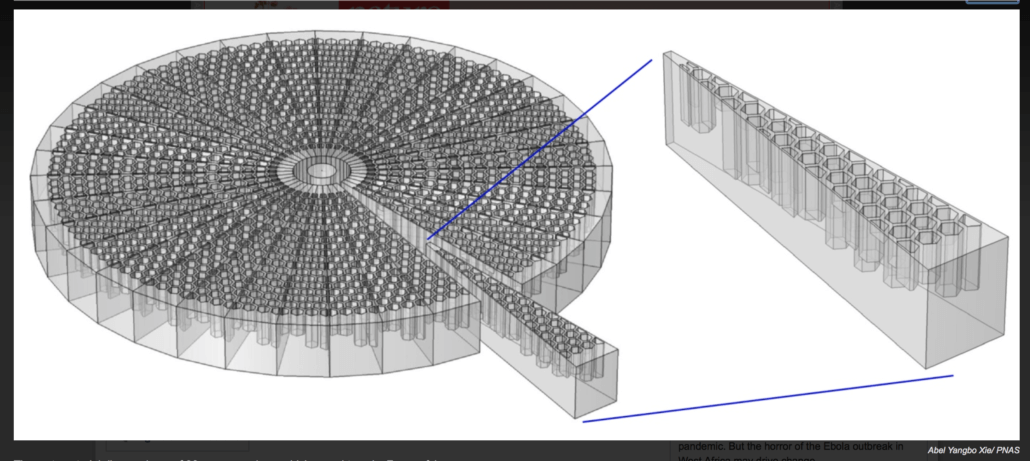Articles and Trivia
Write an articleEarthquake Resistant

In designing earthquake-resistant structures, several techniques play a pivotal role in mitigating the impact of seismic forces. These methods are essential for enhancing the building's ability to withstand ground motion and protect its occupants. Key techniques include avoiding ground floor columns, dampening shock through shock absorbers or dampers, utilizing shear walls, implementing diaphragms, and enhancing flexibility to allow buildings to bend and sway without collapsing. Base isolation, securing connections, and incorporating resilient materials such as steel and wood are additional critical techniques.
A notable example of advanced earthquake-resistant design is the Burj Khalifa, the world's tallest building. Its superstructure is supported by a large reinforced concrete mat, which rests on bored reinforced concrete piles. This design is based on extensive geotechnical and seismic studies, ensuring its earthquake resistance.
Furthermore, survival techniques in the event of an earthquake include covering the head and neck with arms, seeking shelter under sturdy furniture, or next to interior walls away from windows.
Innovative earthquake-resistant technologies also contribute to building resilience. These technologies include floating foundation, shock absorption, rocking core-wall, pendulum systems, and base isolation methods. When integrated into the design and construction of buildings, these techniques significantly enhance their ability to withstand seismic forces and minimize damage, ultimately ensuring the safety of occupants and the overall resilience of the structure.


